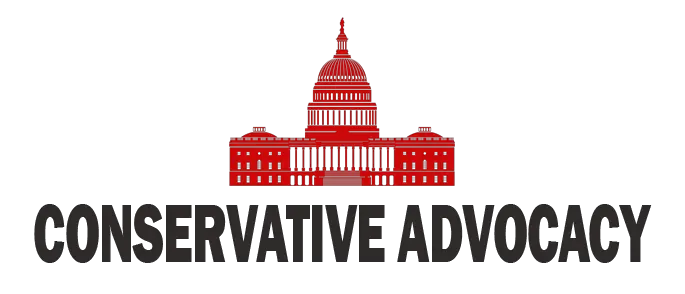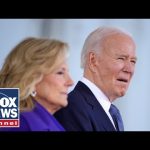President Donald Trump’s much-anticipated “Liberation Day” has arrived, marking a bold shift in U.S. trade policy. In a high-profile Rose Garden address, Trump announced sweeping tariffs aimed at combating what he described as decades of unfair trade practices by foreign nations. The new measures include a baseline 10% tariff on all imports to the United States, with additional “reciprocal tariffs” targeting over 90 countries that impose disproportionately high duties on American goods. These tariffs, set to take effect on April 5 and escalate further on April 9, represent a cornerstone of Trump’s “America First” agenda.
The President framed the tariffs as a necessary response to the exploitation of American workers and industries. For decades, countries like China, Japan, and members of the European Union have imposed steep tariffs on U.S. exports—some as high as 700%—while benefiting from America’s comparatively low trade barriers. Trump’s plan aims to level the playing field by matching or exceeding these tariffs, with China facing a staggering 54% duty and the EU seeing rates as high as 20%. The administration argues that these measures will revitalize domestic manufacturing, reduce dependency on foreign goods, and restore economic sovereignty.
Critics, however, warn of potential economic fallout. Economists have raised concerns that the tariffs could lead to higher consumer prices, strained global trade relations, and even a recession. Already, international markets have reacted negatively, with stock indices in Europe and Asia plunging amid fears of retaliatory measures from affected nations. Leaders from the EU, China, and other major trading partners have condemned the move as protectionist and are preparing countermeasures that could escalate into a full-blown trade war. Despite these warnings, Trump remains resolute, declaring that “April 2 will forever be remembered as the day America reclaimed its destiny.”
From a political standpoint, Trump’s announcement underscores his commitment to reshaping global trade dynamics in favor of American interests. By invoking the International Emergency Economic Powers Act (IEEPA), he has signaled his willingness to use executive authority to bypass traditional diplomatic channels. This approach resonates with his base, particularly blue-collar workers in manufacturing states who have long felt betrayed by globalization. Rank-and-file steelworkers and autoworkers were present at the announcement, symbolizing the administration’s focus on protecting American jobs.
As the world braces for the economic ripple effects of these tariffs, one thing is clear: President Trump is doubling down on his vision of economic nationalism. While critics decry the move as reckless and isolationist, supporters see it as a long-overdue correction to decades of lopsided trade policies that have hollowed out America’s industrial base. Whether this gamble pays off remains to be seen, but for now, “Liberation Day” stands as a defining moment in Trump’s presidency and a bold assertion of American strength on the global stage.




